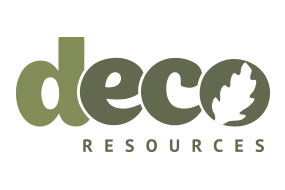While many people were counting down to midnight on December 31st, many scientists were closely watching a different countdown: the year-to-date precipitation data for Pittsburgh. Finally, at 4:55 pm, 2018 officially became the wettest year on record for the City. You should pay attention to this historic event for multiple reasons.

First, to understand the context, it is pertinent to note that the previous record was set in 2004. In that year, Pittsburgh received 22.6 inches more than the average of 34.8 inches of rain, according to US Climate Data. Much of that rain was due to a significant event called Hurricane Ivan. This year, we did not have a singular storm event to skew the results. Dismally, many agree that this trend is likely to become more common.
Next, you need to know how this extra rainfall impacts our community. Pittsburgh has been in violation of the Clean Water Act by dumping billions of gallons of untreated sewage into our rivers each year. This happens because our City’s sewage system is linked to storm drains in many areas and the rain overwhelms sewer pipes with as little as a tenth an inch of precipitation. Watch our video series, produced through a grant from the Pittsburgh Water & Sewer Authority, to learn how people across the region are working to address this problem:
Finally, what can you do about it? Green Infrastructure uses sustainable strategies to manage stormwater and can be installed at your home, business, and throughout our community. Since 2012, our team has installed green infrastructure at more than 60 locations across the Pittsburgh region, collecting nearly 100,000 gallons per year. These can be as simple as a rain barrel or more comprehensive systems that manage larger volumes of stormwater. Our team provides consultation to find the right solution for water management at your home or business. Although this challenge isn’t likely to go away, we can design a sustainable strategy for your unique situation.

Contact us today to learn more about the four types of green infrastructure.

